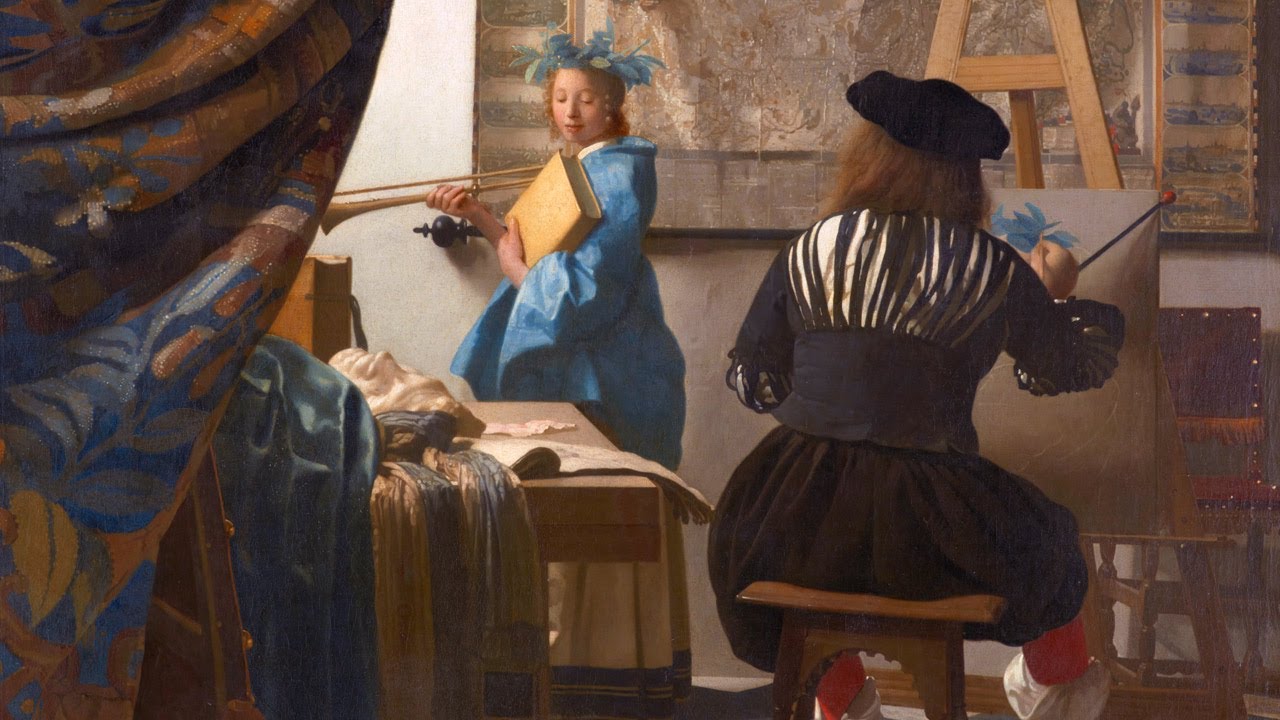Did you know that 8 out of 10 online users say they trust brand websites over company websites? Browsing the web has become increasingly popular, and it’s important that your website stand out. If you’re looking to build a website with organic traffic, you need photography that pops. Natural lighting and highlighting the best features of whatever you’re showcasing can help boost engagement on your site.
Are you interested in learning more about photography techniques? If so, keep reading to discover the 10 best techniques to liven up your photo collection today.
Depth of Field
This is the ability to control the amount of distance between the nearest and farthest objects in your image that appear acceptably sharp. A shallower depth of field means that less of the image will be in sharp focus, while a greater depth of field keeps more of the image in focus. By using a shallow depth of field, you can create images with a dreamlike quality or draw attention to a single subject by making the background blurry.
Conversely, a large depth of field is perfect for landscape photography, or anytime you need everything in your image to be crisp and sharp. By understanding how to control the depth of field, you can create stunning images no matter what your subject matter may be.
Shutter Speed
Shutter speed is the amount of time that your camera’s shutter is open while taking a photo. The longer the shutter is open, the more light will be in and the more detail you’ll be able to capture. But if you open the shutter for too long, your photos will be blurry.
That’s why it’s so important to experiment with different shutter speeds to find the right balance. You can use a slower shutter speed to capture the motion of a fast-moving object, or a faster shutter speed to freeze a moment in time.
Aperture
Aperture is one of the most powerful photography techniques because it has a direct impact on the amount of light that enters the camera. By controlling the aperture, photographers can control the depth of field, which is the distance between the nearest and farthest objects in the frame that appear acceptably sharp.
A large aperture (smaller f-number) results in a shallow depth of field, while a small aperture (larger f-number) results in a deep depth of field.
White Balance
White balance is one of the most important photography techniques to understand. It is the process of removing unwanted color casts from a photograph so that objects appear in their natural colors. This is usually done by adjusting the camera’s color temperature setting.
There are many techniques for white balance, but the most important thing to remember is that it is a creative decision. There is no “correct” white balance, so experiment with different settings to see what looks best for your particular image.
Bracketing
Another powerful photography technique is bracketing. This involves taking many shots of the same scene, each with a different exposure. By doing this, you can ensure that you have the perfect exposure for your shot. This technique is especially useful when shooting in difficult lighting conditions.
ISO
ISO is one of the three pillars of the Exposure Triangle, along with the aperture and shutter speed. ISO measures a camera sensor’s sensitivity to light. The lower the ISO number, the less sensitive it is to light; the higher the ISO number, the more sensitive it is to light.
You can think of ISO as the volume on a stereo. The lower the ISO number, the quieter the volume; the higher the ISO number, the louder the volume. Just as you would turn up the volume on a stereo to listen to a quiet song, you would use a higher ISO to make a sensor more sensitive to light.
Focusing
Focusing allows the photographer to control what is in and out of focus in the frame. This allows the photographer to direct the viewer’s attention to the subject matter that is most important in the frame. Additionally, focusing can create a sense of depth in the frame by having the foreground in focus and the background blurred. This can be especially effective when shooting portraits.
Metering
Metering is the process of determining the correct exposure for a photo. This can be done by using a light meter, or by taking a photo and then checking the histogram to see if the exposure is correct. Once the correct exposure is determined, the photographer can then adjust the aperture, shutter speed, and ISO to get the desired effect.
Filters
Another technique is to use filters. Filters can change the look and feel of your photographs. For example, by using an ND filter, you can reduce the amount of light that enters your camera, which can give your photograph a more natural look. By using a polarizing filter, you can reduce the amount of reflected light, which can give your photograph a more saturated look.
Printing
Printing is when you use other objects in the scene to create a frame around your subject. This can be done with doorways, windows, tree branches, or anything else that creates a natural frame. This technique is often used to draw the viewer’s attention to the subject and make the scene more interesting.
Implement These Techniques Today
There are 10 powerful photography techniques that can take your photography to the next level. These are depth of field, shutter speed, aperture, white balance, bracketing, ISO, focusing, metering, filters, and printing. Overall, these ten powerful photography techniques can help any photographer improve their skills and capture amazing photos.
Found this article helpful? Don’t forget to check out more tips to improve your skills and develop your career!



